Star Cluster - Blog Posts
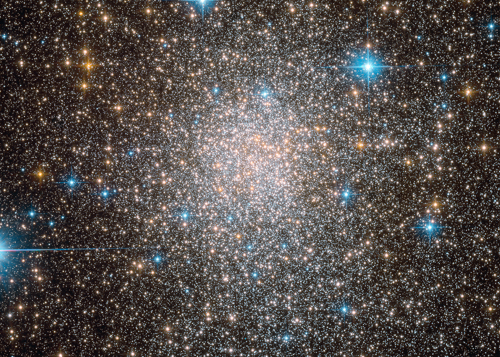
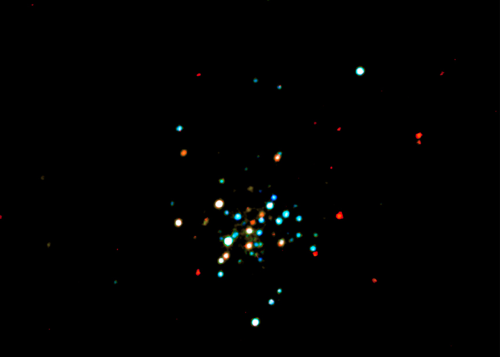
Even star systems have identity crises. 🤷 According to data from observatories like our @nasachandraxray, a double star system has been rapidly flipping between two alter egos: a low-mass X-ray binary and a millisecond pulsar. Astronomers found this volatile double system in a dense collection of stars known as Terzan 5. The first image from @NASAHubble shows Terzan 5 in optical light. Swipe to see the new image where low, medium and high-energy X-rays detected by Chandra are colored red, green and blue respectively. Click the link in bio for more.
Make sure to follow us on Tumblr for your regular dose of space: http://nasa.tumblr.com
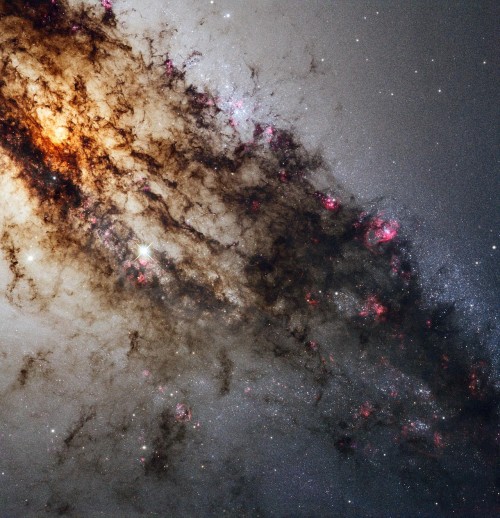
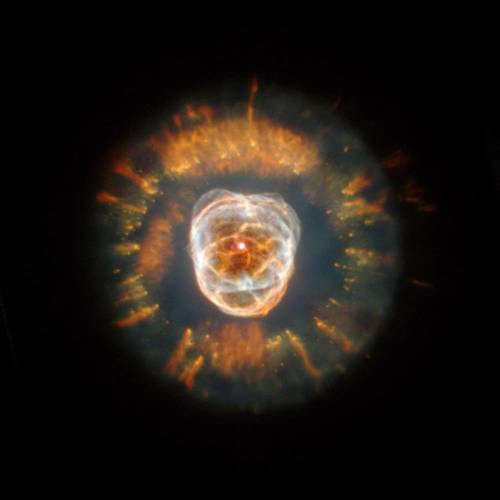
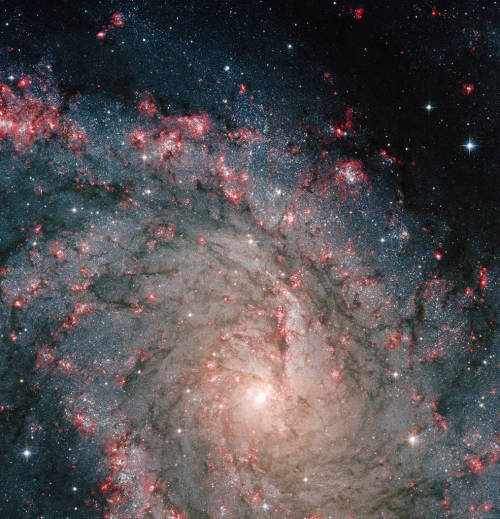
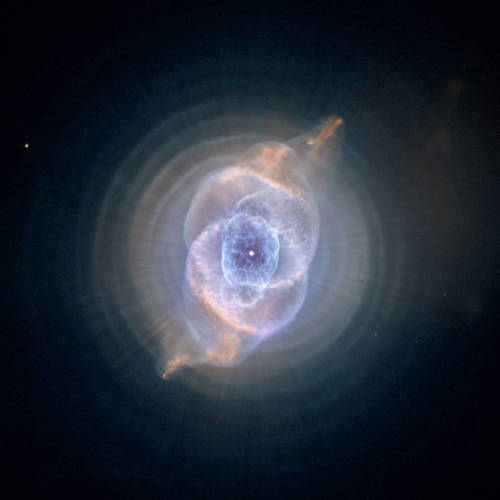
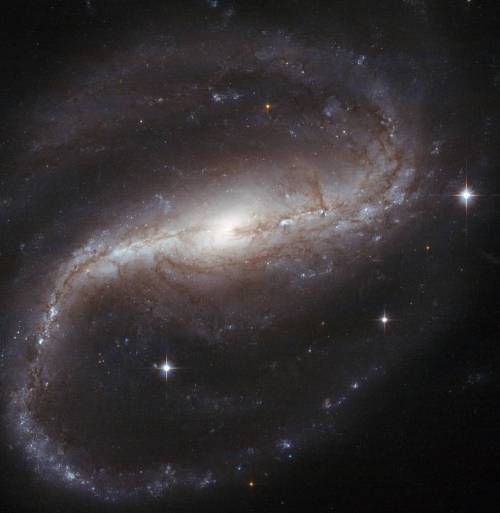
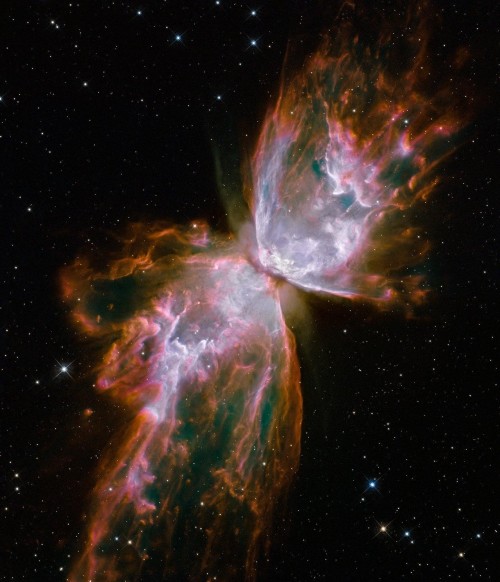

Be your own explorer ✨the cosmos is waiting...
From nearby clouds of gas and dust to remote galaxies that formed billions of years ago, tour the night sky with our Hubble Space Telescope’s new Caldwell catalog. The catalog of star clusters, galaxies and nebulas was first produced to highlight cosmic wonders visible to amateur astronomers. Since then Hubble has taken images of 95 out of the 109 objects, bringing these objects to life in exquisite detail.
While the objects can be observed using modest ground-based telescopes, Hubble’s Caldwell collection has been assembled for astronomers to see the finer details of each object in the night sky.
View the full collection here!
Make sure to follow us on Tumblr for your regular dose of space: http://nasa.tumblr.com.

Say hello to the Jewel Box Cluster 👋
This Hubble Space Telescope image shows a young, open star cluster known as NGC 4755 or the Jewel Box. Just like old school friends that drift apart after graduation, the stars in open clusters only remain together for a limited time. They disperse into space over the course of a few hundred million years, pulled away by the gravitational tugs of other passing clusters and clouds of gas.
The Jewel Box is a spartan collection of just over 100 stars. The cluster is about 6,500 light-years away from Earth, which means that the light we see from it today was emitted before the Great Pyramids in Egypt were built.
Head outside and you can see it for yourself! The Jewel Box is visible to the naked eye, but will masquerade as a single star. Grab a pair of binoculars if you want to see more of the cluster’s sparkling stellar population. It is located in the southern constellation of the cross (Crux).
Make sure to follow us on Tumblr for your regular dose of space: http://nasa.tumblr.com.


Image Credit:NASA/JPL-Caltech
In this large celestial mosaic, our Spitzer Space Telescope captured a stellar family portrait! You can find infants, parents and grandparents of star-forming regions all in this generational photo. There’s a lot to see in this image, including multiple clusters of stars born from the same dense clumps of gas and dust – some older and more evolved than others. Dive deeper into its intricacies by visiting https://go.nasa.gov/2XpiWLf
Make sure to follow us on Tumblr for your regular dose of space: http://nasa.tumblr.com.
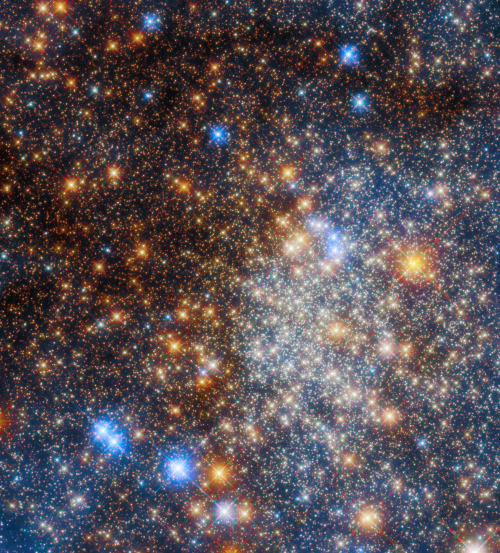
Pumpkin space latte, anyone? ☕
Hubble captured this festive array of stars, Terzan 12, found in the Milky Way about 15,000 light-years from Earth. The stars in this cluster are bound together by gravity in a sphere-like shape and are shrouded in gas and dust. As the starlight travels through that gas and dust to Earth, blue light scatters, leaving the redder wavelengths to come through.
Download the full-resolution image here.
Make sure to follow us on Tumblr for your regular dose of space!

Hubble Unveils Monster Stars
The image shows the central region of the Tarantula Nebula in the Large Magellanic Cloud. The young and dense star cluster R136 can be seen at the lower right of the image. This cluster contains hundreds of young, blue stars, among them the most massive stars detected in the universe so far. Astronomers using NASA’s Hubble Space Telescope were able to conduct a detailed imaging and spectroscopic study of the central and most dense region of this cluster. Here they found nine stars with masses greater than 100 times the mass of the sun. The cluster is located 170,000 light-years away from Earth.
Image credit: NASA Hubble
I'm back + more space photos
Haven't posted in a few months, mainly because I was busy w/ school, but I also just haven't been using tumblr that much. I do want to start posting more, but I also kinda doubt I will ever consistently post. Anyways, here are some space photos that I took in november.
The Orion Nebula



The brighter images are blurry because they have to capture light for a longer time. This can be solved with a tracking mount, but I do not have one


These were taken from farther away, which makes them look clearer
The Pleiades



The brightest stars in this cluster can be seen with the naked eye, but the dimmer/further ones can only be seen through cameras/telescopes
Jupiter



You can kinda see its stripes on the dimmer photos, but its not very clear. With the brighter one, you can see its 4 Galilean moons next to it. When looking through a telescope with the naked eye, you can see both the stripes and the moon, but that's harder to capture on camera.
The moon


Not much to say, just a few photos of our moon.
I'll try to take more photos over winter break, but its kinda annoying to deal with things like bugs and neighborhood lights.

Photo of the NGC 2237, the Rosette nebula and the star cluster inside it, NGC 2244.
The star cluster, which is estimated to be about 5 million years old, is responsible for the ionisation of the surrounding gas. The mass of the nebula is estimated to be about 10 000 times the mass of our sun, which is relatively massive for a diffuse nebula.
This image uses a SHO palette, I quite like the colours I manage to get, both as the normal and starless images.

I also tried using the Foraxx palette, I think it's a bit less interesting visually, but the dark dust structures seam a bit more visible.

(Image taken using a CarbonStar 150/600 newtonian telescope with a 0.95 coma corrector, ZWO ASI294 monochrome camera ZWO LRGB filters and Baader 6.5nm SHO filter. 5x120s image for each colour filter (RGB), 15x300s for the Ha filter 20x300s for the SII filter and 18x300s for the OIII filter, total imaging time 4h 25min, stacking and processing done in PixInsight.)

Perseus double cluster, had still some time left at the end of the night after the main sequence of photos and before dawn so I took the opportunity to capture about 25 minutes of photos of the double cluster. This is a pair of open clusters of stars (NGC 884 left and NGC 869 right), both are composed mostly of young blue giants and a few red giants in NGC 884. Both clusters have most likely formed from a single gas cloud and are only separated by a few hundred light years. This pair of cluster is relatively bright and can be viewed with the naked eye or a pair of binoculars in dark locations, in those cases, the clusters appear as nebulous region, with a couple of stars resolved with binoculars.

Photo of the Pleiades (Messier 45) I took to test my new telescope. This is an open cluster of stars situated about 440 light years from earth, the brighter stars of the cluster are visible with the naked eye (around 5 to 10 stars visible depending of the light pollution, weather and eye accommodation do darkness). Unfortunately, the nebulosity, which I composed of dust clouds reflecting the light from the bright stars, is only visible in photos or with (relatively) large telescope. The cluster is about 100 million years old which is young (for an astronomical object), the more visible stars are hot blue giants, but many other, less visible, stars are present in the cluster. This cluster due to its high visibility has taken an important place in many cultures and mythologies.
(as a fun fact the name of M45 in Japanese is Subaru, and yes the car brand dose gets its name for this star cluster (which explains the logo of the brand))

